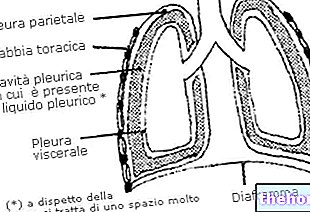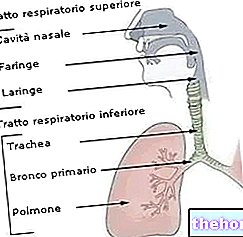The intestine is a portion of the digestive system between the pylorus and the anal orifice. Anatomically it is divided into two sections, the small intestine or small intestine and the large intestine or large intestine.
It is estimated that more than 30 tons of food and more than 50,000 liters of liquids pass through the intestine during the life span.
Insights on the intestine
Small intestine Large intestine Colon Irritable bowel Lazy bowel Intestinal health Intestinal mucosa Irritable bowel syndrome DuodenumSmall intestine
The small intestine begins with the pyloric valve, which separates it from the stomach, and ends with the ileocecal valve, which joins it with the large intestine. About seven meters long and with an average diameter of 4 centimeters, it can be divided into three tracts, the first called the duodenum, the second called the jejunum and the terminal portion called the ileum.
Among the three, the duodenum is the segment most involved in digestive processes, while jejunum and ileum are mainly responsible for the absorption of nutrients.
Intestinal Villi and Nutrient Absorption
At the level of the small intestine, food digestion is completed and a large part of the nutritional principles obtained (about 90%) is absorbed. The internal surface of this tract of the digestive tract is raised to form folds, which in turn have numerous and thin protrusions called villi. This particular anatomical conformation has the purpose of increasing the contact surface, in order to optimize digestive processes and absorption.
Each villus is covered with cells whose membrane, facing the internal lumen, has thin protrusions called microvilli (brush border). The conformation of these cells, called enterocytes, has the purpose of further increasing the digestive and absorbing capacity of the intestine.
At the base of each villus there are small dimples called crypts. Like the villi, the crypts are also covered with cells which, however, unlike those covering the protruding part, are still immature.
One of the main characteristics of enterocytes is that they live only a few days. As they age, these cells detach from the villus and pass into the intestinal lumen to be eliminated in the faeces. The cell population renewal process is continuous and the cleaved enterocytes are promptly replaced by new cells that migrate from the crypts.
As they rise from the crypt towards the top, the enterocytes mature, age and, when they reach their apex, break up. The peculiar phenomenon of cell migration means that every three to five days the enterocyte population is completely replaced by new cells.
The purpose of this rapid and continuous renewal is to keep the digestive and absorbent efficiency of the intestine high.

Inside each villus a dense network of capillaries flows, essential for the transfer of nutrients from the intestinal lumen to the bloodstream.
Unlike water, mineral salts, carbohydrates and amino acids, lipids do not enter the blood directly but, crossing the enterocyte, they flow into a blind-bottomed lymphatic vessel in the center of the villus.
Vitamins deserve a separate discussion since some of them, by virtue of their lipid nature, follow the lymphatic pathway common to fats, while the others, being water-soluble, are absorbed directly by the blood capillaries.
In the small intestine the digestion of food is completed, already started in the mouth for starch and in the stomach for proteins.
If in the corpse the small intestine is almost seven meters long, in the living it appears much shorter. This peculiarity is linked to the musculature that surrounds it, which, by contracting and relaxing rhythmically, mixes the intestinal contents and pushes it in an aboral direction (towards the large intestine).
Intestine and digestion "
Large intestine "









.jpg)


















